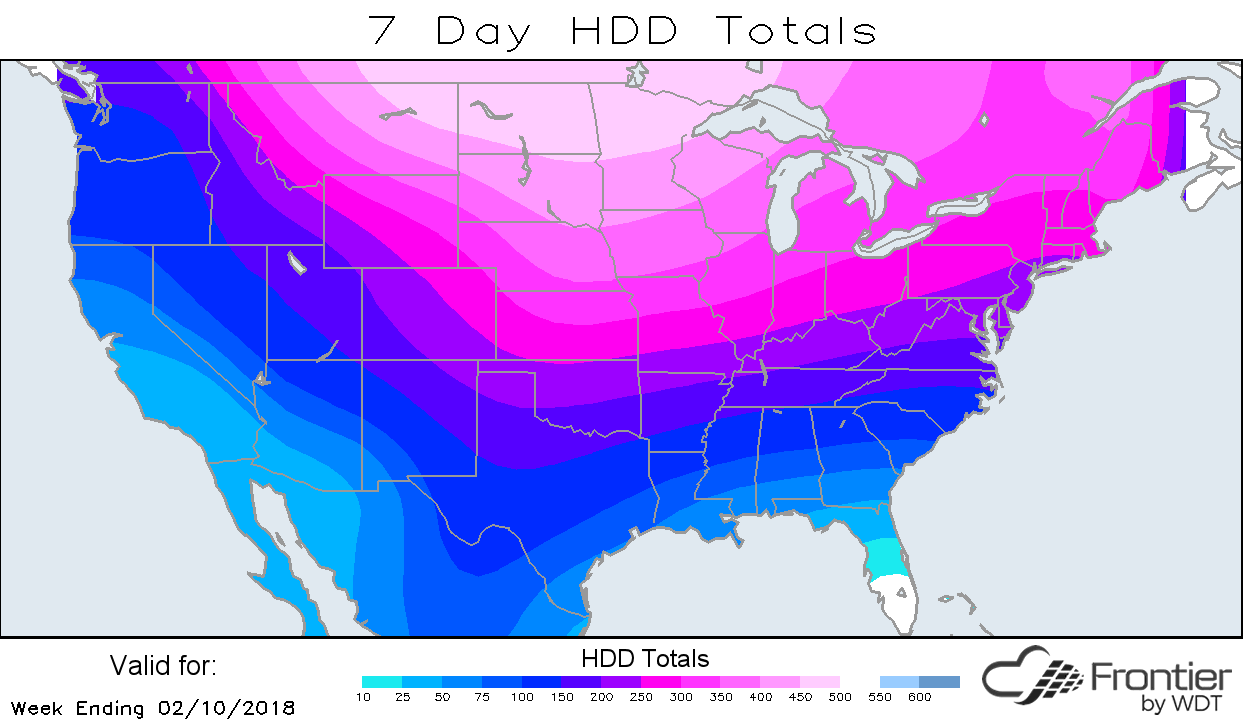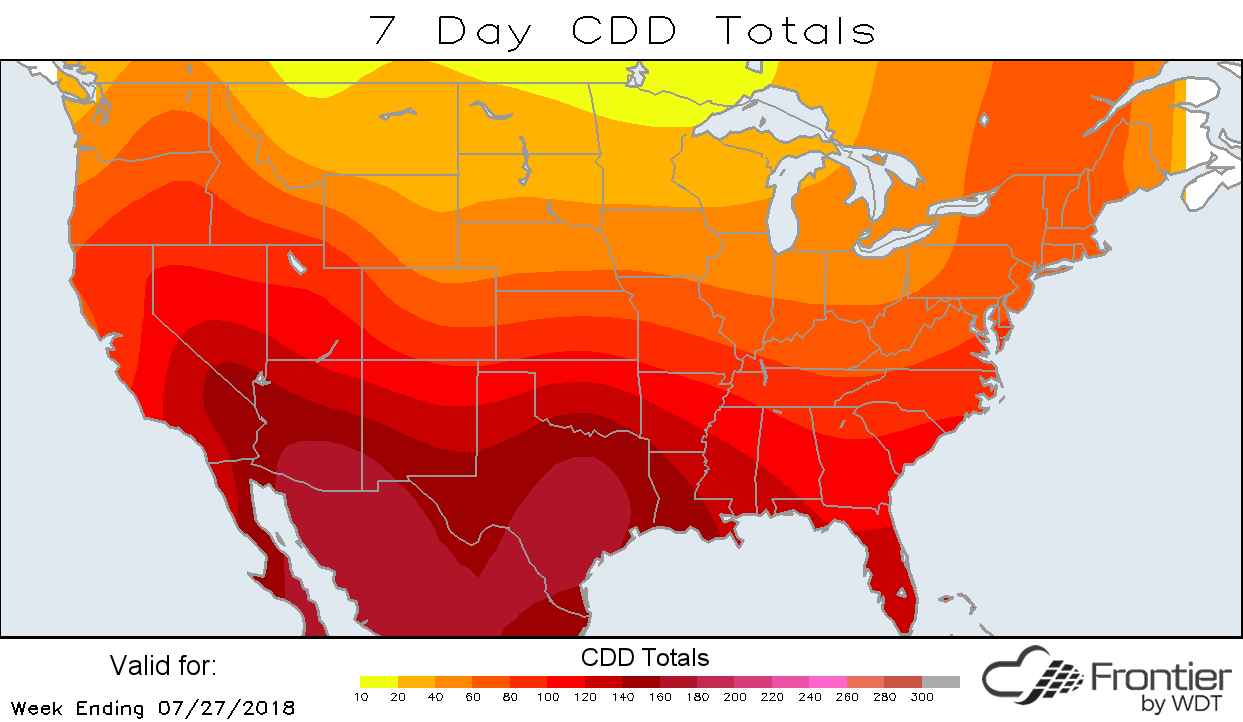What are Heating and Cooling Degree Days?
by David Moran, on Jul 26, 2018 2:18:40 PM
Temperature can have various effects on many aspects of our lives. To help quantify these effects, Heating and Cooling Degree Days can be used. While Degree Days are commonly used to determine energy consumption, there are other applications too. But first, what are Degree Days and how can they be used?
How cold a particular day or period is (or was) can be described by Heating Degree Days (HDD). HDDs are based on an average temperature; typically, 65°F is used as a standard temperature. Suppose, for example, the average temperature for a given day is 45°F. The number of Heating Degree Days would be the difference in the standard temperature and the average temperature for the day. In this case, the day in this example would have 20 HDDs. The higher the number of Heating Degree Days, the higher the expected demand will be for energy for heating. HDDs can be added up over a period to compare with other time periods.
 Seven Day Heating Degree Day Totals ending 2/10/18
Seven Day Heating Degree Day Totals ending 2/10/18
On the other side, there are Cooling Degree Days (CDD), which are an indication of how warm a given day or series of days is. As with HDDs, a standard temperature of 65°F is used. An average temperature of 83°F, for example, would result in 18 Cooling Degree Days. CDDs are used to indicate how much energy is used for cooling; the higher the number, the greater the amount of energy is needed.

Seven Day Cooling Degree Day Totals ending 7/27/18
HDDs and CDDs can also be used to compare energy efficiencies between buildings in different climates. While the weather may be different, degree days can help provide a comparison of heating and cooling needs between climates. If you've made improvements to your home, degree days can give a measure of how useful those improvements are in conserving energy. They can also be helpful for comparing the weather in multiple locations.
While the concept of degree days may be new to some, it can provide valuable information in a wide variety of situations. They can provide information regarding energy use and consumption at your home or business, and let energy companies know how much power they may need to provide during a severe cold snap or heat wave.







